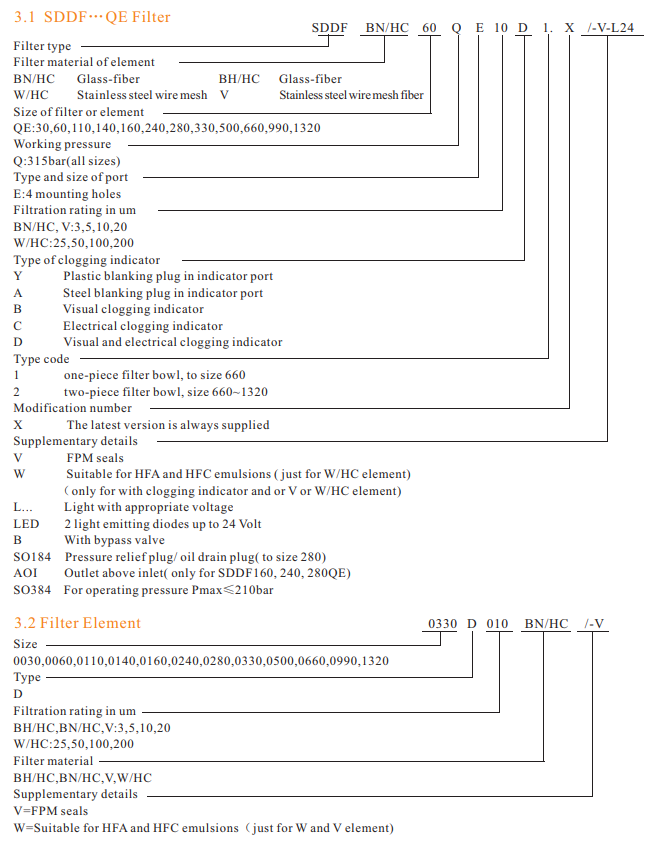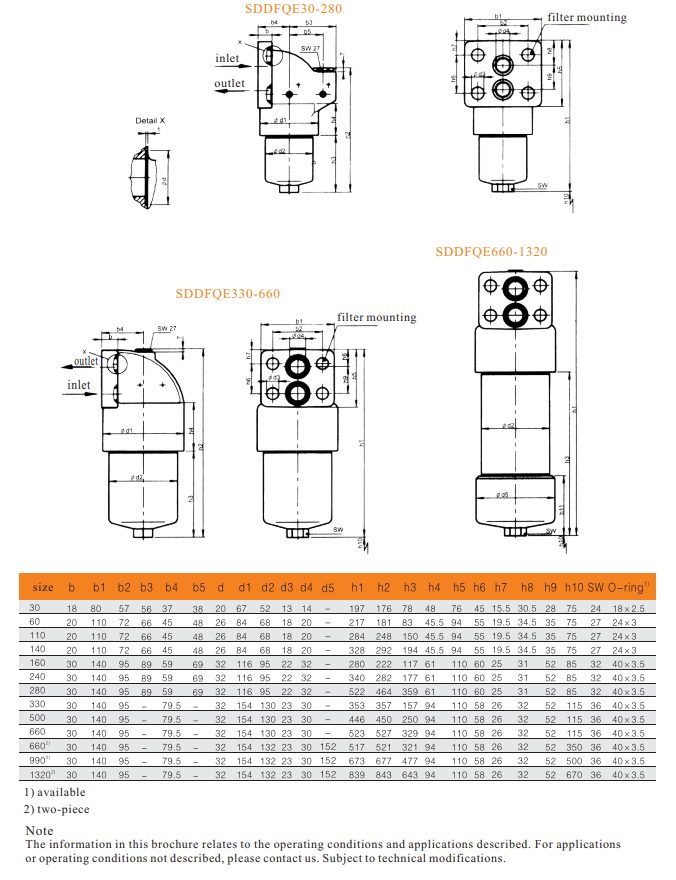Once upon a time, the mining industry was considered to be the dirtiest, most bitter, and most tiring work. People imagined that the miners looked like mud, using gas-leg rock drills , drilling, and blasting in roadways filled with dirty air. Even manpower is loaded out of mine. This is also the true state of mining in many domestic mines.
In Kiruna iron ore, mining of all human dreams have become reality --- mine has basically "no intelligent mining", relying on a remote computer centralized control system only, workers and managers can achieve centralized computer control center Perform on-site operations. The scale of mining, the high level of productivity and automation are even unbelievable. All of this is due to the large-scale mechanical equipment, the use of intelligent remote control systems, and a modern management system. Mining equipment is a major factor constraining mining methods and mining process advancement. Highly automated and intelligent mining equipment is the key to ensuring safe and efficient mining. The Kiruna Iron Mine has already realized the large-scale and automation of equipment. In addition to seeing overhaul workers in the underground working surface, almost no other workers are seen, and the degree of automation is very high.
Kiruna Iron Mine is an underground mine owned by Swedish state-owned international high-tech mining group LKAB. The mine is located in the northern part of Sweden and is 200km deep into the Arctic Circle. It is one of the highest latitude mineral bases in the world. The natural climate of the mining area is harsh, and the extremes and extreme nights are obvious. Over half of the year, it is covered by heavy snow and it is extremely cold.
The annual production capacity of the original mine of Kiruna Iron Mine is 22 million tons. It is mined by high-segmented pillarless caving mining method. The shaft ramp is jointly developed. It is one of the largest underground mines in the world. There are more than 4,100 employees in the mine. Among them, more than 600 employees are foreigners. The history of Kiruna iron ore mining began in 1910. It was open-pit mining in the early days. It was transferred from open air to underground mining in 1965. Early open-pit mining formed a large mining pit with a depth of about 230m. At present, the mining depth of the mine is 1045m, and the level of 1045m is also the main transportation level of the mine. According to the mine production arrangement, it is planned to complete the system transformation and capacity increase by 2018, and the production capacity of 3500-40 million tons will be realized by then.
In the long river of human society development, mining always runs through the entire historical process. The development track of mining technology is artisanal mining, mechanized mining, automated mechanized mining, and intelligent remote-controlled mining, ie unmanned mining. The so-called intelligent remote-controlled mining is the integration of intelligent mining equipment and modern mining dispatching system in the digital environment of mines. With the rapid development of microelectronics technology and satellite communication technology, the automation and intelligent process of mining equipment has been significantly accelerated. Unmanned stylized control and centralized control of mining equipment are entering the industrial application stage, which is unmanned mining. The change provides important technical conditions. According to incomplete statistics, the countries that are conducting intelligent remote control mining tests and technical applications in underground mines are: South Africa, Australia, Sweden, Finland, Canada, Chile and other countries.
In the 21st century, relying on the development of science and technology, the mining industry has introduced a new concept, which is to build a new unmanned mining model, realize the digitization of resources and mining environment, intelligent technical equipment, visualization of production process control, information transmission network, production. Scientific management and decision making.
The main ore body of the Kiruna iron ore is in the form of an inverted wedge, with a length of 4km, an average thickness of 80m and an average depth of 2km. Exploration found that the grade of ore is getting higher and higher with the depth of up to 70%.
The Kiruna iron mine is jointly developed by shaft + ramp. The mine has 3 shafts for ventilation, ore and waste rock lifting. The shaft is equipped with a 75t bucket to raise the ore. The personnel, equipment and materials are mainly used. The equipment is transported from the ramp. The main lifting shaft is located in the lower part of the ore body. So far, the mining face and main transportation system have been moved down 6 times. The main transportation level formed by historical mining has 275, 320, 420, 540m and 775m levels. The transport level is at the 1045m level. The main slope is located in the lower part of the northern part of the ore body. The pit is near the industrial site with an elevation of +230m. In the inlet section, it is a single lane and a double lane. When it extends to 420m, it merges into a two-lane single lane ramp. The form is extended downwards to connect with various production levels and auxiliary levels. The slope of the slope is 1:10, the size of the double-lane section is 8m×5m, and the roadway is partially supported by spray anchor net, and the road surface is hardened.
In 1965, after the Kiruna iron mine was transferred from open pit to underground mining, it has been exploited by a large-scale bilgeless sublevel caving method and is still in use today. The segment height is generally 50-55 m, mining method.
Underground mining from the mining roadway excavation, mining field drilling, blasting, mining loading and unloading, transportation, unloading to the mine silo, tape transport to the bucket, shaft lifting, ore finished product transportation mining process.
At present, the mine is exploring the main transportation level of 1365m, and it is expected to be partially put into production by 2018. The design capacity at the 1365m level is 100,000 t/d, which is about 35 million t/a.
The safe and efficient mining of Kiruna Iron Mine for many years has benefited from the successful application of the sublevel caving method. The advantages of this mining method are:
(1) Conducive to large-scale, mechanized and high-strength mining;
(2) The underground working place is safer;
(3) The mining process is flexible, the mining work surface is easy to adjust flexibly, and multiple working surfaces can be recovered at the same time;
(4) The mining process is simple, and the production equipment and mining processes can be standardized.
The shortcomings and shortcomings are mainly due to the depletion of ore, and the operation of the bottom of the stope, which is mostly operated in a single lane, which is difficult to ventilate.
The roadway tunneling adopts a rock drilling trolley, and the trolley is equipped with a three-dimensional electronic measuring instrument, which can accurately position the drilling hole. 5米的å”å”为64mm。 The roadway boring is a deep hole boring, the hole depth is generally 7. 5m, the aperture is 64mm. The stop rock is made by the SimbaW469 remote-controlled rock drilling rig from Atlas, Sweden. The hole diameter is 115mm and the maximum hole depth is 55m. The car is accurately positioned by laser system, and it is unmanned and can be continuously cycled for 24 hours.
Large diameter (115mm) deep hole (40~50m) in the stope. The charging trolley of Sandvik is used. The explosive is a kind of emulsion explosive with good water resistance and high viscosity. It can be pre-charged without water in the hole. The effect is less. The blasting network is manually connected, and the segmented detonating tube detonator, detonating tube and detonating cord network are generally used.
At present, the rock drilling, shipment and lifting of the Kiruna iron ore site have been intelligent and automated, and the rock drilling rigs and scrapers have been unmanned. The ore is loaded with the Toro2500E remote-controlled scraper produced by Atlas. The bucket capacity is 25t, the efficiency of a single unit is 500t/h, and the average weekly mining volume is about 3.0~3 million tons. This type of scraper has no exhaust emission, less dust, low noise and long service life, which is convenient for centralized maintenance.
The underground transportation system has two types: tape transportation and automatic rail transportation. The belt transportation is mainly responsible for the transportation from the underground crushing station to the lifting bucket. The automatic rail transportation is generally composed of 8 trains. The mining vehicle is the automation of continuous loading and unloading. Bottom dump truck, the volume of each mine car is 17m3.
The belt conveyor automatically transports the ore from the crushing station to the metering device. After the shaft bucket is stopped at the designated position, the ore is automatically loaded into the bucket, and the staff presses the handle lifter to start immediately, and the bucket is lifted to the surface unloading station. After that, the bottom door of the bucket automatically opens to complete the unloading. The loading and unloading process is remote control.
In 2010, in order to increase production and improve equipment reliability and efficiency, the mine has undergone a major transformation of the lifting system, and the hydraulic disc brakes for parking and emergency braking have been overhauled and new sensors have been installed. Through technological transformation, the system has been upgraded to be intelligent.
The roadway support is supported by spray anchor nets. The thickness of the shotcrete is generally 3-10mm, which is completed by the remote-controlled concrete jet machine. The anchor rod and the steel mesh are installed using the bolt trolley. The use of a large number of intelligent remote control mechanical equipment has greatly reduced the workload and cost of support, and improved the support effect.
Modern mining technology is no longer comparable to the 1990s. We should stand at the height of the century, explore and develop new technologies, and efficiently develop and utilize limited mineral resources. There is a long way to go!
SDDF QE series pressure filters are designed in accordance with international regulation, which consist of a Filter Housing with a screw on cover plate.
Standard equipment
-mounting holes in the filter head
-two-piece bowl for size 660 and above
-compatibility with fire-resistant fluids HFA/HFC
-drain plug with pressure relief(size 330 and above)
Connection Diagram

Shengda is sure that our filters are of reliable performance so that they can protect hydraulic parts from polluting and machines from abrasion.
Filter elements are available with the following pressure stability values
BN/HC:25bar
BH/HC:210bar
W/HC:30bar
V:210bar
Seals
-NBR(=NBR)
Special models and accessories
-with bypass valve
-drain plug with pressure relief
-seals in FPM, EPDM


Flange-Mounted Pressure Filter
Grader Filter,High Pressure Filter,Flange-Mounted High Pressure Filter,Flange-Mounted Pressure Filter
Xinxiang Shengda Filtration Technique Co., Ltd. , https://www.filtrations.nl